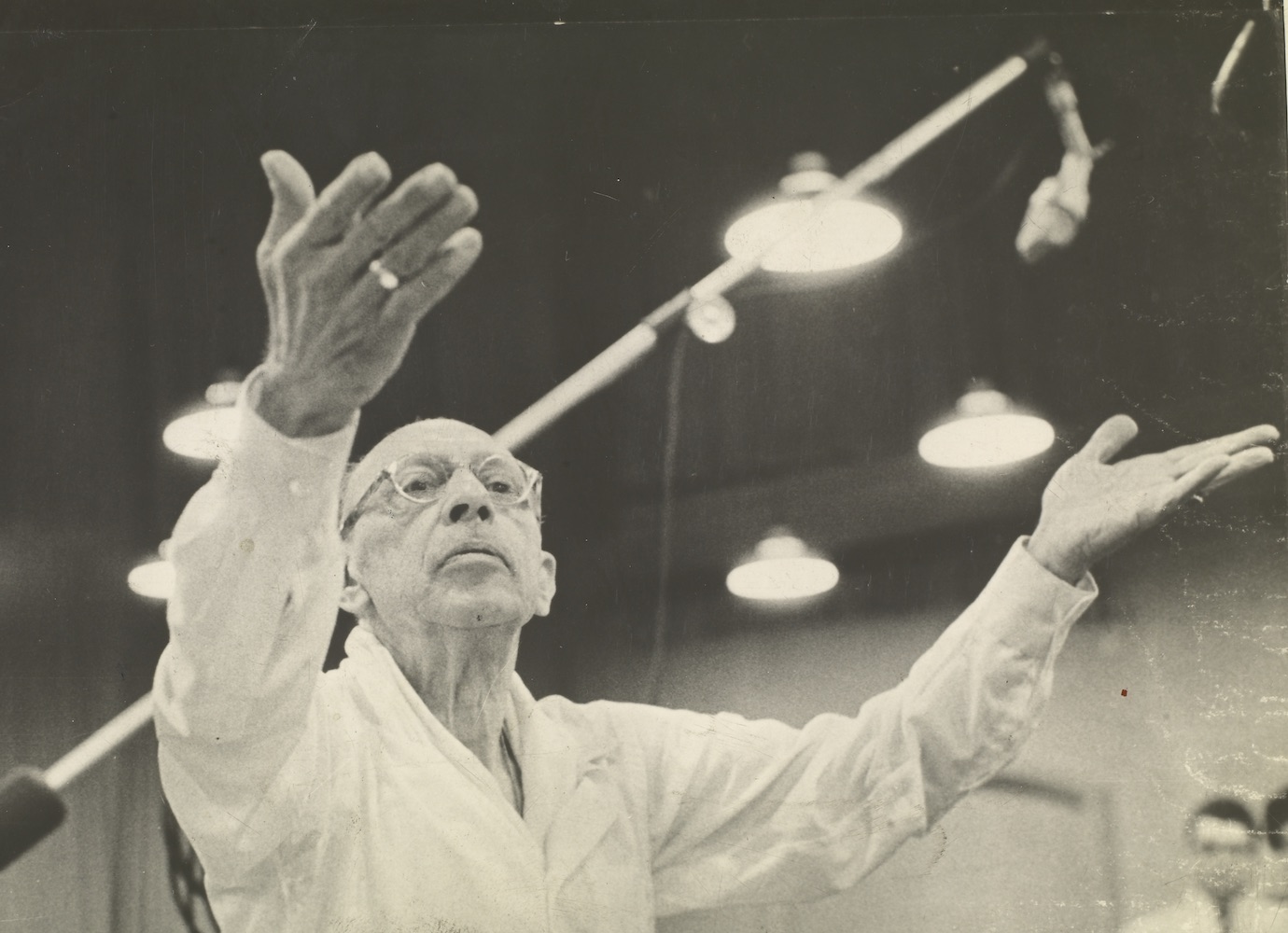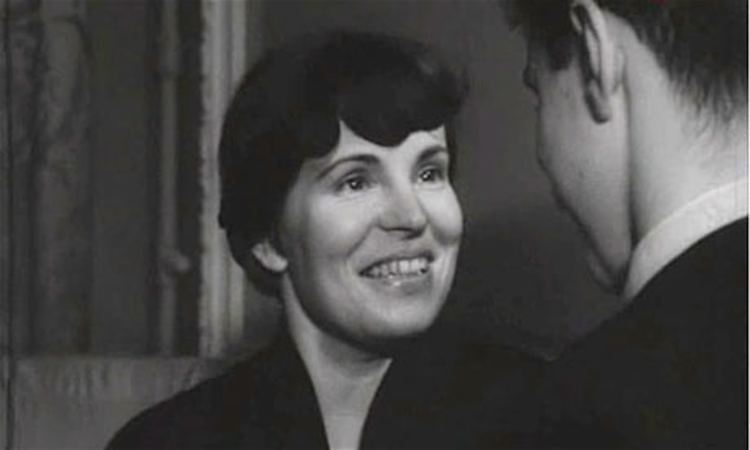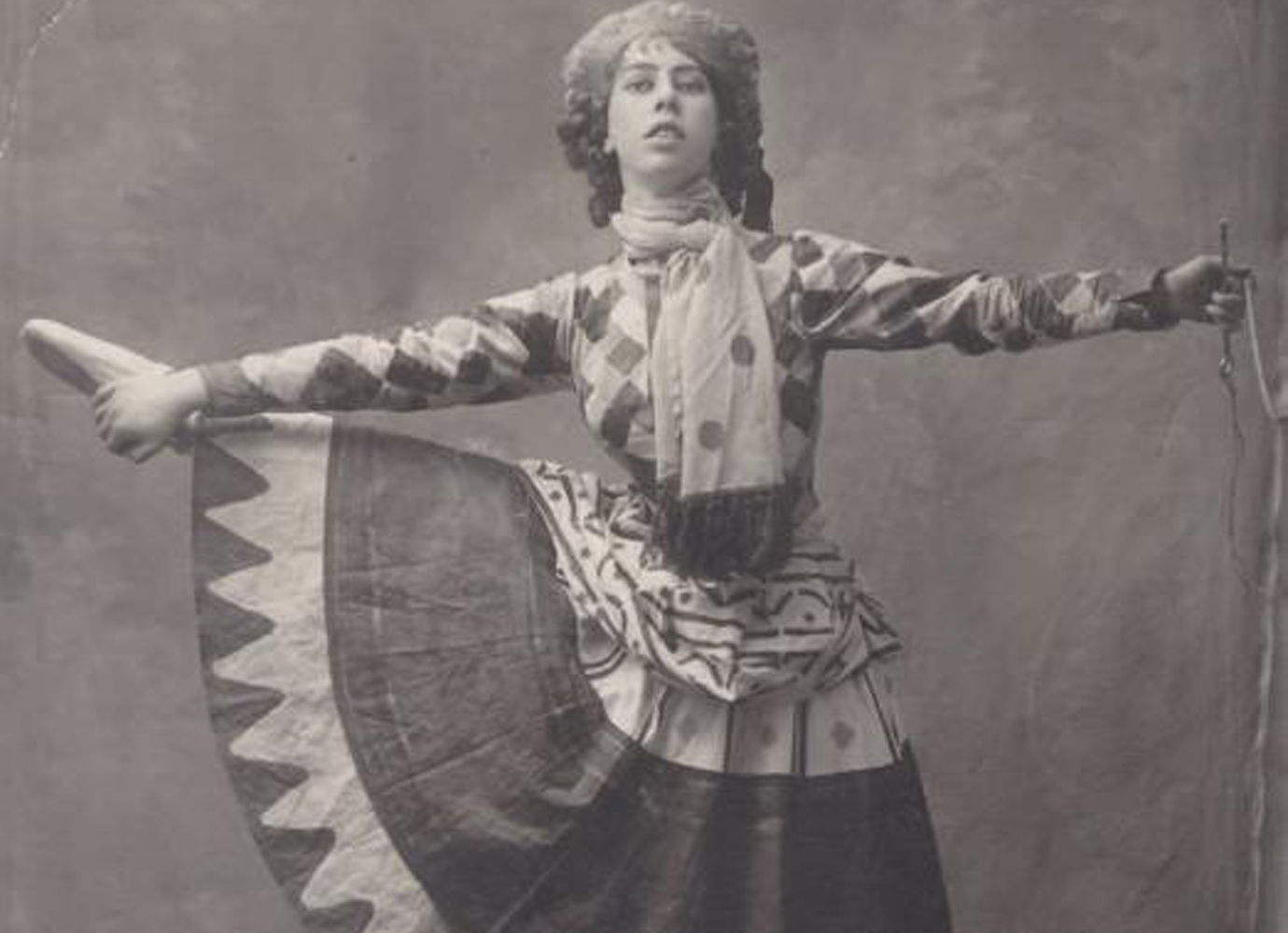Igor Stravinsky: where to start with his music

Someone once said: “Lesser artists borrow; great artists steal.” The quote has been attributed in turn to T.S. Eliot (talking about other poets), Pablo Picasso (and his outlook on other visual artists), and Russian composer Igor Stravinsky.
In the case of Stravinsky, the phrase most clearly references the magpie-like tendencies of his neoclassic phase, where the composer would ransack the work of others for a melodrama here, a concerto grosso there. But such generalisations threaten to overshadow Stravinsky’s position as one of the most original voices of his generation — and as a figure many in the music world are still coming to terms with.
Stravinsky in Germany in 1929
Stravinsky looms as a towering figure of 20th century music, writing prolifically for some 60 years, from his early life in Russia through exile and eventual settlement in the United States. Yet today, he is mostly remembered for a group of three ballets written between 1910 and 1913: The Firebird, Petrushka, and The Rite of Spring. This last one holds an infamous place in world history — claims of rioting in the streets of Paris following its premiere have largely been debunked, although there was a strong reaction to Vaslav Nijinsky’s earthy choreography. The piece still holds a shock factor today, which says little about orchestral programming tastes and a lot about Stravinsky’s power, above all, to thrill.
Even after death, few composers have maintained their power to irk quite as much as Stravinsky. His music is thrilling and dynamic, varied and complex. It’s diamond-like in its clarity and clinical in its construction; you only have to look at the way the great man conducted to see that this is music stripped to its bare essentials. And yet, he managed to compose deeply expressive works that, in their apparent objectivity, invite introspection.
We’ve chosen five essential works for listeners seeking an introduction to one of the titans of classical music.
Feu d’artifice (Fireworks)
There’s no better introduction to what Stravinsky is all about than Feu d’artifice. Written in 1908 as a wedding present for Nikolai Rimsky-Korsakov’s daughter Nadezhda and fellow composer Maximilian Steinberg, the piece shows Stravinsky at his thrilling, concise best, in an orchestral fantasy that’s all over in less than four minutes. In that short time, we hear woodwind shrieks and magisterial brass swiftly engulfed in swirling pools of orchestral mass. Fragments of a main motif leap out, but traditional ideas of melody are halted in favour of a focus on textural interplay. Chattering winds and brittle strings take the piece to its tumultuous conclusion.
Petrushka
Stravinsky’s legacy was ensured by impresario Sergei Diaghilev, who used the composer’s work in his famous Ballets Russes: a dance troupe that revolutionised the world of ballet in the early 20th century by moving beyond sanctified Russian traditions in pieces that combined avant-garde costume design, cutting-edge sets, and modern music, with the choreography of Vaslav Nijinsky. Diaghilev had the power to transform composers’ careers: he counted Satie, Debussy, Ravel, and Manuel De Falla amongst his list of beneficiaries. Petrushka is a stock European character (akin to the Punch of England’s Punch and Judy) but these puppets are distinctly Russian, in a story told with stark clarity via Stravinsky’s incisive score. This subtly balanced suite premiered in 1911 counts as one of Stravinsky’s finest compositional achievements.
Ebony Concerto
Stravinsky has become something of a touchstone for jazz musicians. In particular, his Rite of Spring’s florid lines, unsquare rhythms, and overall sense of groove give it rich potential for those working at the edges of jazz: Ornette Coleman, Charlie Parker, and Jaco Pastorius were all noted fans. However, it’s also worth listening to the piece that Stravinsky wrote when tasked with composing for a big band, an opportunity that came about in 1945 when commissioned by the great clarinettist Woody Herman to produce a three-movement work for his group. What resulted was the Ebony Concerto. Stravinsky chose the Baroque concerto grosso as his inspiration rather than anything from African-American music tradition (although it does tip the hat to the ragtime of Scott Joplin and the blues of Duke Ellington). It’s quaint and charming, and shows once again Stravinsky’s cunning blend of borrowing, pastiche, and inventive scoring.
The Rake’s Progress
Not all Stravinsky is as steadfastly modern as The Rite of Spring. Some is deliberately historical, or neoclassical. Take The Rake’s Progress. Written in 1951, and loosely based on 18th century painter William Hogarth’s 8-tablet series that depicts the decline of a young Rake, the opera lends new vigour to the recitative and aria forms of opera — something that composers had begun to shun as far back as Richard Wagner in the 19th century. But The Rake’s Progress’ classical pastiche tempered by modernist anxiety made it a firm favourite in the 20th century opera repertoire, and is the archetypal example of Stravinsky’s neoclassical phase.
In Memoriam Dylan Thomas
By the 1950s, Stravinsky had long embraced the more abstract areas of form, with works like the Symphony of Wind Instruments eventually becoming key inspirations for young radicals like Edgard Varèse and Harrison Birtwistle. Yet one area of music he was less ready to incorporate was the serial procedure of Schoenberg: techniques that “emancipated dissonance” through the use of procedures that grouped together musical notes in prescribed “tone rows” rather than standard diatonic scales. It was only following Schoenberg’s death in 1951 that Stravinsky began to incorporate some of these techniques into his work. You can hear them in In Memoriam Dylan Thomas, a landmark piece that shows Stravinsky’s ability to change tack in an instant. A memorial to the Welsh poet Dylan Thomas (with whom Stravinsky planned to write an opera), its scoring is unfamiliar; a tenor soloist sings with four trombones and a string quartet. Though working within a new realm, Stravinsky conjures a familiar soundworld: its melancholy is reminiscent of contemporary Benjamin Britten’s writing for tenor voice. The piece symbolises a move into the final period of the composer’s journey: one of a deeply personal take on Schoenberg’s work, but also revives memories of, and reconnects with, the Russian Orthodox church.

_(c)_Martynas_Aleksa_2_2.jpg)
